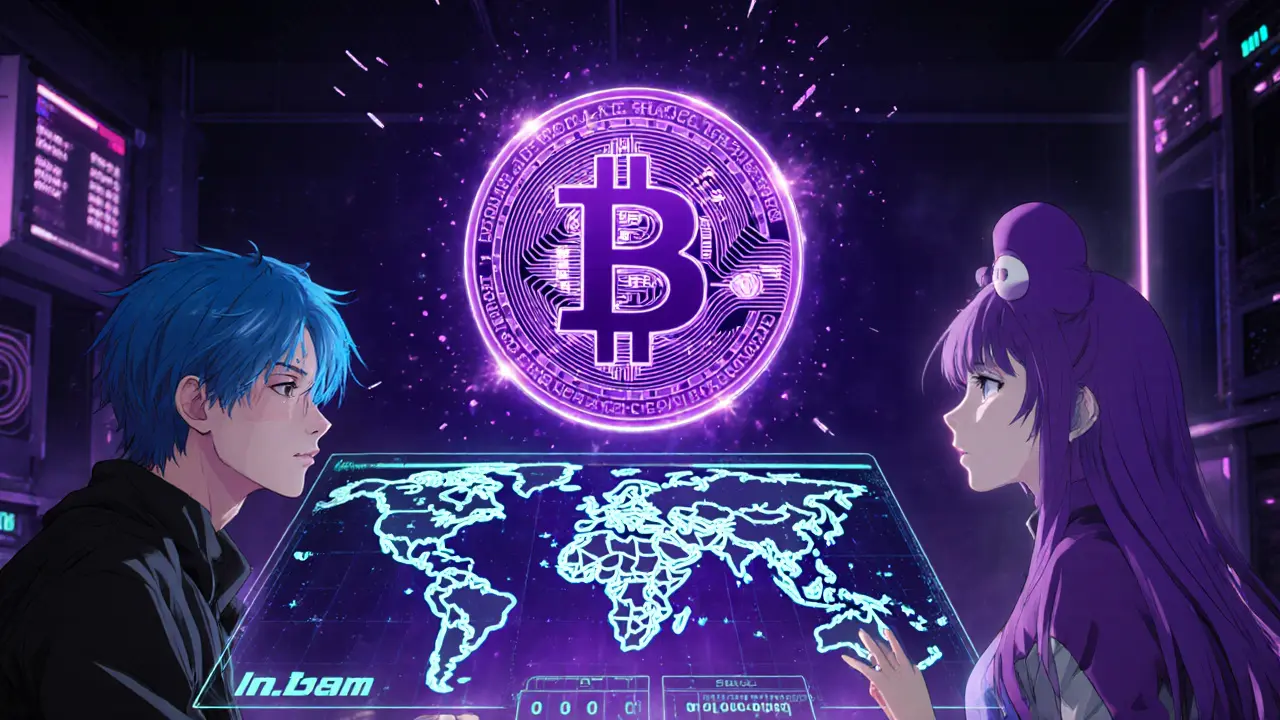Solana Token – Fast, Low‑Cost Crypto for DeFi and NFTs
When talking about Solana token, the native cryptocurrency of the Solana blockchain, known for its high throughput and cheap fees. Also called SOL, it powers a growing ecosystem of decentralized finance apps, games and NFTs.
Key Pieces of the Solana Ecosystem
The DeFi, decentralized finance platforms that let users lend, borrow and trade without a central intermediary runs heavily on Solana because the network can settle thousands of transactions per second. Airdrop, free token distributions used to bootstrap community participation has become a common way to attract new SOL holders, especially after high‑profile drops on other blockchains. Finally, Smart contracts, self‑executing code that enforces agreements on the blockchain on Solana are written in Rust or C and enable complex NFT marketplaces, gaming logic and automated market makers.
Solana’s speed isn’t just a brag‑right; it translates into real benefits. A single transaction typically costs a fraction of a cent, which means users can swap tokens, provide liquidity or mint NFTs without worrying about prohibitive gas fees. The network achieves this by using a proof‑of‑history (PoH) clock that orders events before consensus, then an efficient proof‑of‑stake (PoS) layer validates them. This architecture lets developers build responsive dApps that feel like native mobile apps.
Security on Solana comes from a robust validator set. Validators stake SOL to earn the right to propose blocks, and the network slashes stakes for malicious behavior. This stake‑based model incentivizes honest participation and creates a transparent earnings pipeline for token holders who delegate their SOL to reputable validators. The result is a resilient but still scalable ecosystem that attracts both institutional players and hobbyist developers.
Regulatory headlines—like Iran’s exchange restrictions, Nigeria’s VASP licensing or the UAE’s crypto hub push—affect every blockchain, SOL included. When a jurisdiction tightens rules on crypto exchanges, SOL’s price can wobble, but its utility in cross‑border payments and low‑cost DeFi often cushions the blow. Watching these policy shifts helps traders anticipate market moves and decide whether to hold, stake or move SOL into compliant platforms.
For anyone looking to get hands‑on with SOL, the basics start with a wallet that supports the Solana network, such as Phantom or Solflare. From there, you can explore block explorers like Solscan to track transactions, check validator performance, or verify NFT provenance. Most DeFi portals—Raydium, Orca, Marinade—offer simple UI flows to swap tokens, provide liquidity or stake SOL directly from your wallet.
Below you’ll find a curated collection of articles that dig deeper into topics like tokenomics, airdrop strategies, regional regulations and practical guides for using Solana‑based tools. Whether you’re a beginner wanting to understand the basics or a seasoned trader looking for the latest insight, these posts will give you the context and actionable tips you need to navigate the Solana landscape.
- March 19, 2025
- Comments 20
- Cryptocurrency
Latina Coin (LATINA) Explained: Solana Token, Market Data & Risks
- November 22, 2024
- Comments 16
- Cryptocurrency


